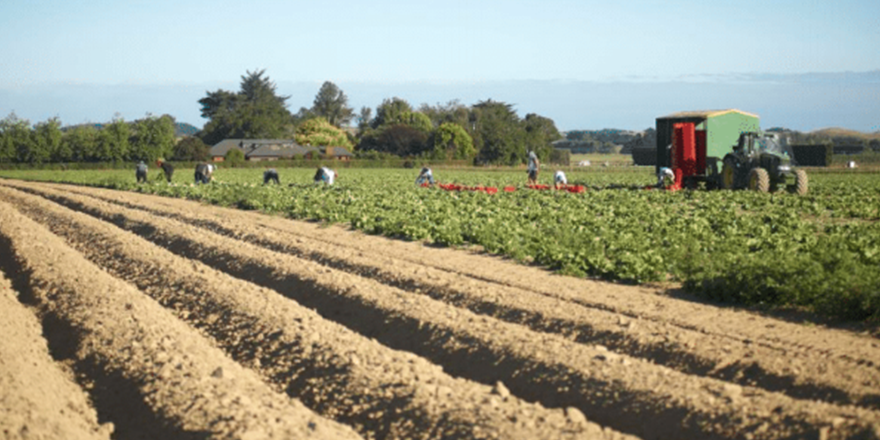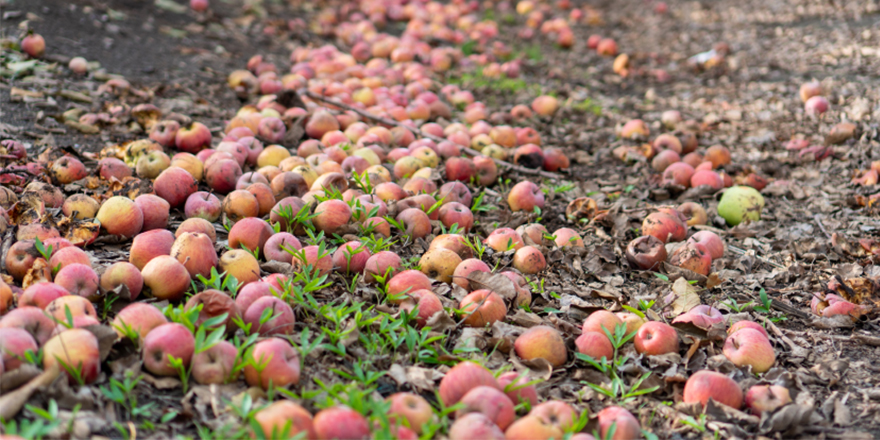
Executive Summary
Urban expansion is reducing the availability of some of New Zealand’s most versatile productive land for growing food. Between 2002 and 2016 there has been a 30% reduction in vegetable-growing land across New Zealand (Deloitte, 2018). Due to the abundance of land available, there is a misconception that food crops can simply be grown elsewhere, outside land in demand for housing (Curran-Cournane, 2018). However, New Zealand soils vary widely in quality and versatility. Also, the climate varies across New Zealand. Fruit and vegetable crops generally need high class and versatile soils and climate requirements vary for crops.
It is estimated that by 2043, demand for fruits and vegetables will be 33% higher than it is in 2018 (Deloitte, 2018). A new way of thinking is required if the challenge of meeting New Zealand’s growing demands for fresh fruit and vegetables is going to be met by the horticultural industry. New Zealanders cannot rely on the way they have always done things to find the answers the country needs now (Deloitte, 2018). This study investigates the potential for vertical farming (that does not rely on productive land) to resolve this issue in New Zealand.
Vertical farming is described as an urban agricultural system of large-scale food production that utilises sophisticated greenhouse methods and technologies within a closed environment to maximise productivity (Kalantari, et al, 2017; Graamans, et al, 2017; and Januszkiewicz and Jarmusz, 2018). High productivity is achieved by fully controlling aspects of cultivation, such as; lighting (exposure levels and time), temperature, humidity, levels of nutrient, growing medium composition and air composition (Graamans, et al, 2017; and Januszkiewicz and Jarmusz, 2018; Pascual, et al, 2018; and Wang, 2018). Crop trays are stacked vertically above one another to maximise the use of space (Banerjee and Adenaeuer, 2013; Molin and Martin, 2018)
While there are many recognised benefits of vertical farming, with the most prevalent being growing independent of weather conditions, the requirement to replace solar energy with electricity for artificial lighting and temperature control, combined with the high capital investment and operational cost, currently outweighs the benefits. This is a limitation in New Zealand where we enjoy high levels of sunshine hours and have enviable growing conditions (KPMG, 2017).
It was found that the type of crops that can be grown in a vertical farm are limited (e.g. leafy greens and herbs) and that vertical farms cannot grow the full range of fruits and vegetables currently grown in New Zealand.
Nothing is currently known about how vertical farming aligns with the cultural values of Maori.
A survey was conducted to gain insight into the understanding of vertical farming in the New Zealand horticulture industry. Interestingly, three respondents had investigated establishing a vertical farm in New Zealand. They did not proceed due to the economic feasibility. There may come a point in the long-term future where vertical farming is economic in New Zealand. Produce grown in a vertical farm may supplement a local market, but would not be suitable for export due to the crop types that can be grown.
The New Zealand Government and Horticulture New Zealand should take a balanced approach to the issue of New Zealand’s diminishing productive land and food security. This would include the proposed National Policy Statement to protect New Zealand’s versatile land and high-class soils; a full review of the risks to vegetable growing in New Zealand; the development of a strategy for the sustainability of domestic fruit and vegetable supply; and earmarking investment into internationally leading technology and innovation for the field of growing, including vertical farming.
Download and read the full report here




